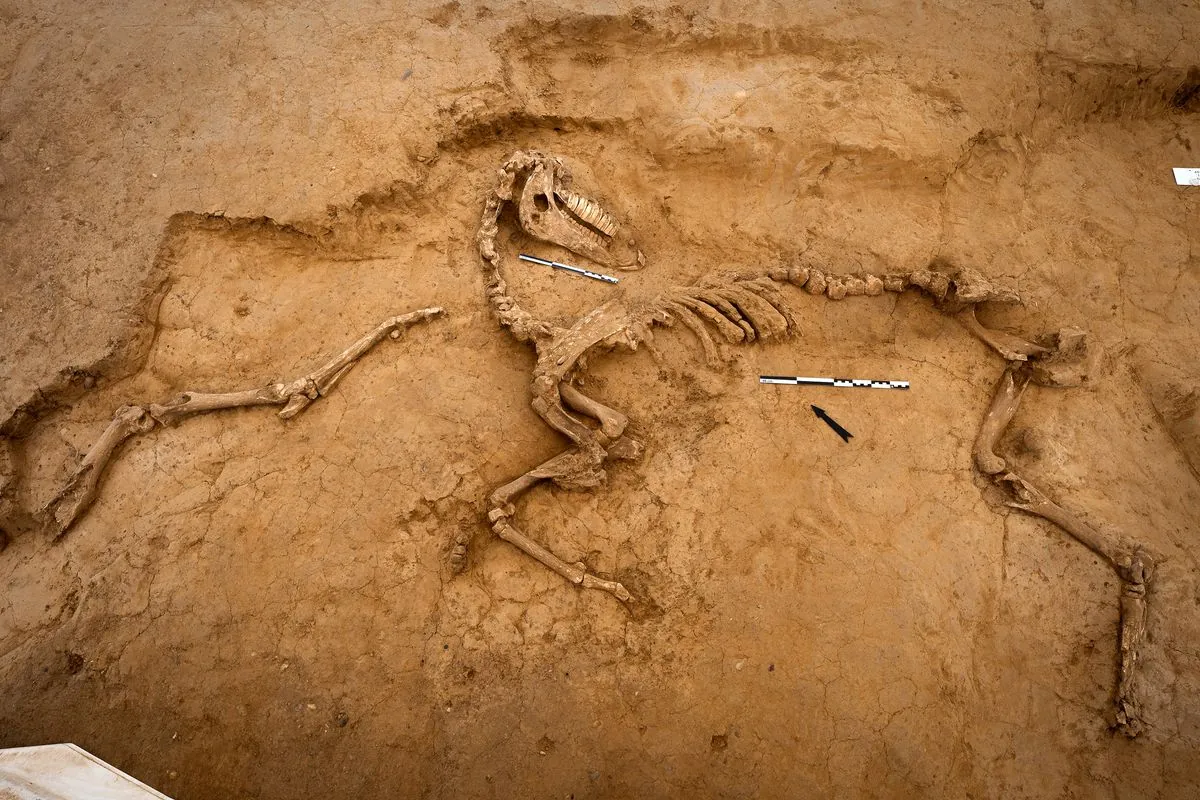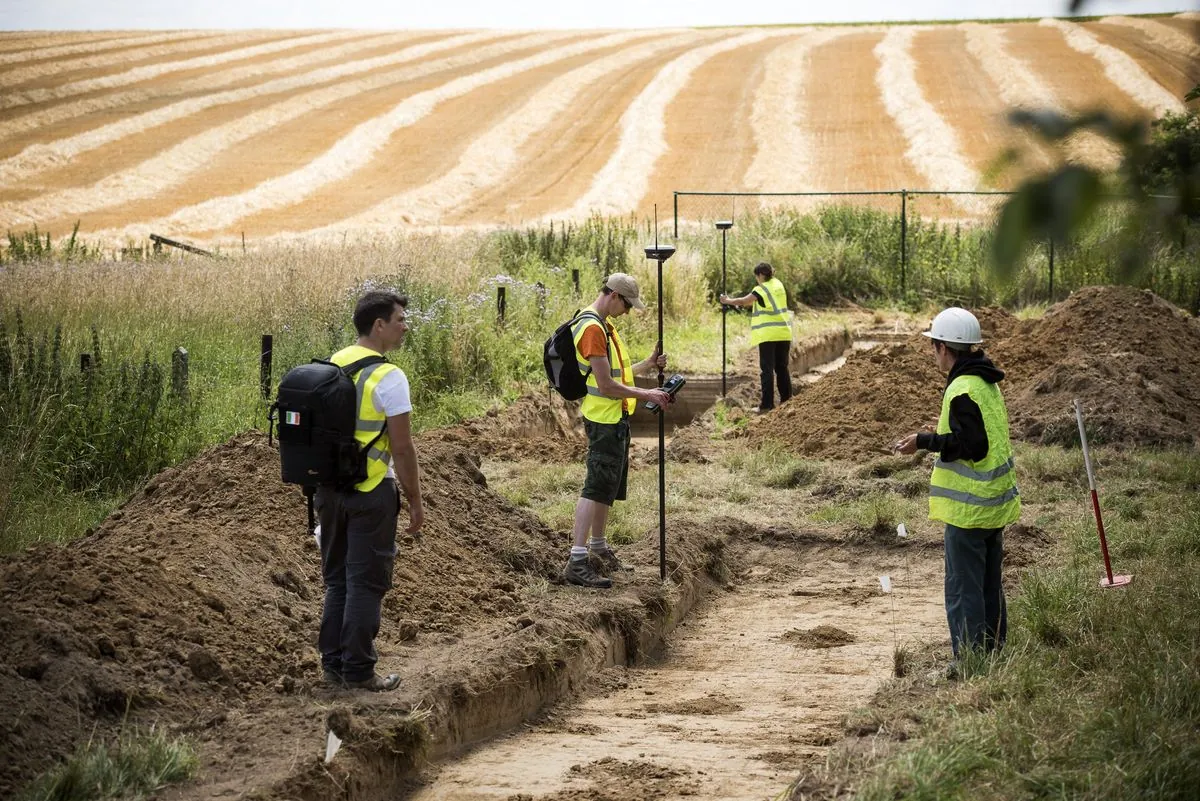Waterloo Dig Unveils Respectful Treatment of War Dead in Historic 'Gore Pit'
Archaeological excavation at Waterloo battlefield reveals a unique "gore pit" where human and animal remains were carefully separated, offering insights into post-battle practices and medical procedures.

An archaeological excavation at the Waterloo battlefield has uncovered a remarkable "gore pit" that sheds light on the treatment of the deceased and wounded during one of history's most significant conflicts. The dig, conducted by Waterloo Uncovered, a British charity supporting veterans, has been meticulously examining the site since 2019.
The excavation, located near the Duke of Wellington's field hospital, has revealed a shallow trench used to dispose of human and animal remains following the battle on June 18, 1815. This conflict, which occurred 209 years ago, resulted in over 20,000 casualties during a 12-hour period, marking it as one of the bloodiest days in British military history.

Caroline Laforest of the Royal Belgian Institute of Natural Sciences reported that the skeletal remains discovered likely belonged to a young cavalry soldier who succumbed to blunt force trauma to the head. The careful positioning of the body, with hands placed under the armpits, suggests a respectful burial despite the chaotic circumstances.
A unique aspect of the trench is the separation of human and animal remains using a makeshift barrier constructed from tin ammunition boxes. Professor Tony Pollard, the archaeological leader of the dig, emphasized the significance of this discovery:
"The layout of the trench, with all animal remains on one side of the ammunition box barrier and all the human remains on the other, strongly suggests that the men who buried this individual attempted to offer him a level of dignity and respect despite the horrific scene they would have found themselves facing while clearing the field hospital of the dead. I can't think of any other site that has this combination of elements – it's truly unique, within Napoleonic archaeology and beyond."
The excavation has also provided insights into medical practices of the time. At least six amputated human limbs, primarily legs removed below the knee, were discovered. Some limbs showed evidence of injuries likely caused by cannon fire, with missing ankles and feet. The findings also revealed brutal amputation techniques, where surgeons disjointed limbs before forcefully removing them from the patient's body.
It is believed that over 500 amputations were performed in a single day at the Mont-Saint-Jean farm field hospital, located less than 500 meters behind the Allied front line. Eyewitness accounts described amputated body parts accumulating in the courtyard corners.
The animal remains section of the trench contained evidence of wounded horses being euthanized with musket shots to the head. Even a horse found with a cannonball lodged in its chest was placed with respect alongside other euthanized animals. The presence of butchered cow remains alongside battlefield horses aligns with historical accounts of Napoleon traveling with a herd of cattle to provide fresh food for his troops.
Post-battle cleanup efforts involved around 100 local Belgians who spent approximately 10 days burning and burying the dead. Interestingly, battlefield remains are now scarce due to subsequent scavenging of bones for fertilizer and sugar refining processes.
This archaeological endeavor not only provides valuable historical insights but also serves as a therapeutic experience for veterans involved in the project. John Dawson, a Grenadier Guards veteran who was shot in the head in Afghanistan, participated in the excavation, demonstrating the project's dual purpose of historical research and veteran support.
The Waterloo battlefield, covering an area of about 2.5 square miles, has become a major tourist attraction, welcoming over 300,000 visitors annually. The site continues to captivate historians and the public alike, offering a tangible connection to a pivotal moment in European history.


































